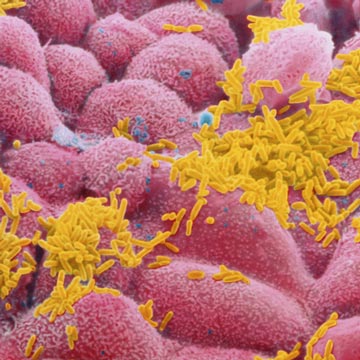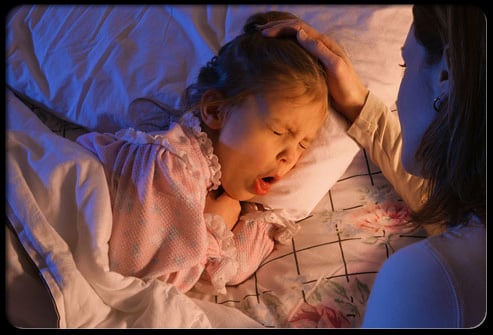Hemophilus Influenzae Infections: Medical Implications, Clinical Syndromes, Laboratory Diagnosis And Treatment
The Pathogen Of Hemophilus Influenza Infection

A General Overview Of Hemophilus Influenzae
Hemophilus influenza exists in coccobaciliary form in cultures but shows bacillary morphology in cerebrospinal fluid of patients with meningitis. It is mainly aerobic but can also grow anaerobically. Culture yields capsulated and non-capsulated colonies. The capsulated forms are more virulent. The organisms have been calssified into six types designated a to f based on the capsular polusaccharides. Type b is responsible for most of the serious infections. Around 60 to 80% of children below three years harbor the organism in the upper respiratory tract. Maternal antibodies confer passive immunity to the child up to the age of two months. Children aged two months to three years are more susceptible to infection. Natural immunity develops due to subclinical infections after the age of 3.
Pathogenesis and pathology: Hemophilus influenza may act as the primary pathogen to cause meningitis in children, laryngoepiglottitis, otitis media, pneumonia, arthritis, endocarditis, and pericarditis. It acts as a secondary pathogen in bronchitis, bronchiectasis and sinusitis in adults. Secondary infection is caused by noncapsulated strains.
Treatment of Hemophilus Influenzae Infection

Clinical Syndromes And Treatment Of Hemophylus Influenzae
Hemophilus influenza meningitis follows an acute course and is fatal in 90% of cases, if left untreated. Laryngoepiglottitis causes considerable edema and airway obstruction. Emergency tracheostomy may be necessary to save life. Infection of the lung and pleura lead to lobar pneumonia with empyema.
Hemophilus influenza frequently causes pharyngitis in children. In adults, during prolonged antibiotic therapy, superinfection by H. influenza may develop. The mucosa is red and may be covered by a soft yellow exudates. The local pain and discomfort are out of proportion to the appearance of the lesion. Systemic complications such as septicemia with arthritis, endocarditis and pericarditis may occur, especially in children.
Secondary infection by H. influenza causes bronchopneumonia, exacerbation of chronic bronchitis, and other suppurative pulmonary lesions.
Laboratory diagnosis: The organism can be identified by Gram stain and can be cultured from materials such as CSF, sputum, pus etc. Since the organism is highly susceptible to low temperatures, refreigeration during transit should be avoided. The capsulated strain shows Quellung phenomenon when added to type B antiserum.
Treatment
The common antibiotics such as chloramphenicol, ampicillin and cotrimoxazole are effective. Resistant strains have emerged. For meningitis, the dose of ampicillin is 300 to 400 mg/Kg/day in 4 divided doses. Tetracycline or chloramphenicol can be used for treating exeacerbations of chronic bronchitis and emphysema.
© 2014 Funom Theophilus Makama







